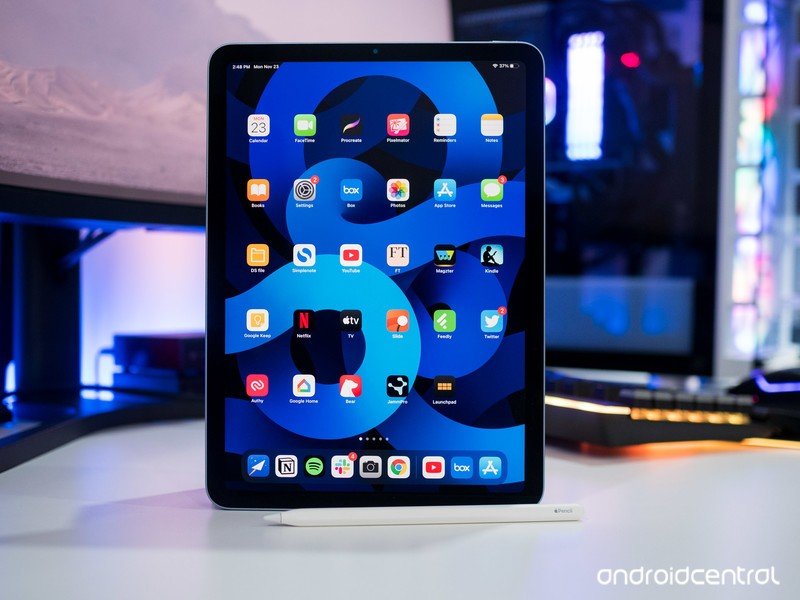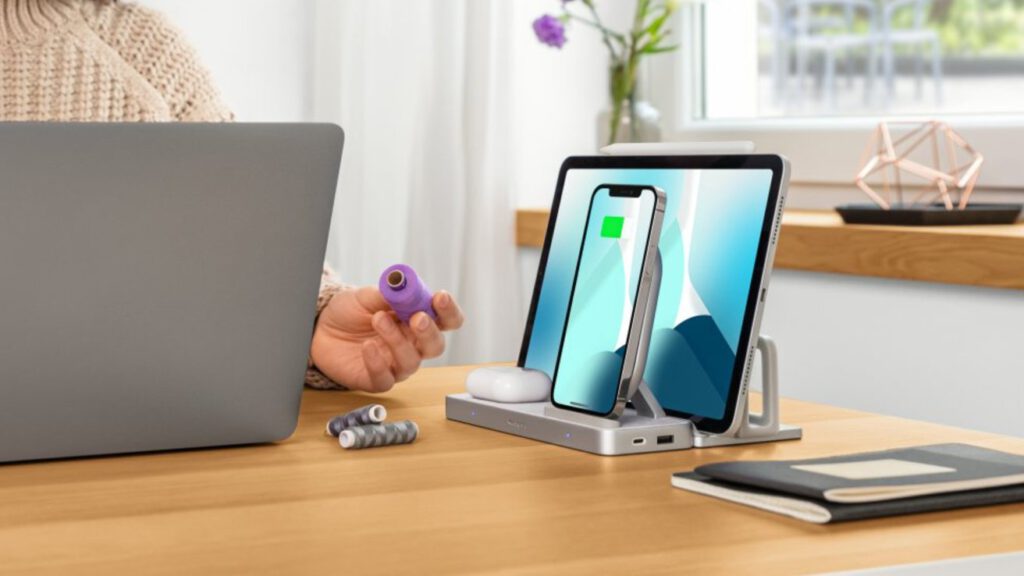In today’s constantly-on line financial state, personnel shell out a share of their time on work-similar tasks. This has been great for company productiveness, but it is been a disaster for workers’ mental wellbeing. As a outcome, scenarios of burnout are much more frequent than at any time.
To fight that, the idea of work-life balance commenced to acquire traction as a alternative. Organizations started out mentioning it as a main element of their get the job done culture, and workforce started to use its concepts to build boundaries between their own and professional life.
But what is the distinction between operate-everyday living integration vs. function-lifestyle harmony?
Which is Far better: Work-Everyday living Integration Vs. Perform-Everyday living Equilibrium
A increasing chorus of authorities implies that staff should really aim for operate-lifetime integration relatively than perform-existence harmony.
The idea is to cease trying to healthy your everyday duties into neat very little compartments. In its place, they declare personnel ought to locate approaches to make their personal and professional lives coexist.
For all of the talk, nevertheless, there is tiny evidence that substantially has altered due to the fact function-lifetime stability was introduced. In accordance to the Group for Economic Co-operation and Progress (OECD), the ordinary worker continue to spends much less than 15 hours for every day on personal treatment. That incorporates time spent sleeping, having, leisure, and household routines.
In other words, it seems most staff in the created entire world even now guide life dominated by their employment.
Does Do the job-Existence Harmony Genuinely Perform?
All of this begs the question: Why do personnel have such a really hard time preserving their function time in test?
The reply may well be that they’re going about it in the mistaken way. This is when a new plan actions into position, and the query is requested, “is work-daily life integration improved than perform-life equilibrium?”
So which is the much better solution? Is it operate-lifetime stability, with its idealized notion of setting up partitions between function and your particular everyday living? Or is it the new paradigm — perform-lifestyle integration — that ditches private and qualified daily life equilibrium in favor of workable answers?
⌄ Scroll down to continue looking through post ⌄
Here’s almost everything you want to know about the two strategies and which is the a single you must be working toward.
What Is Perform-Lifestyle Balance?
The amusing factor about do the job-existence stability is that it means some thing distinct, dependent on who you talk to.
The standard idea, nonetheless, revolves close to allocating a specific quantity of time for work each individual day — and preserving that operate from overlapping with the rest of your time.
Most likely the most effective definition of the work-daily life balance principle arrives from the United Nations Office of Operational Assist
They summarize the principle as an actionable set of concepts, which involve:
- Not scheduling function-linked meetings outdoors of office hrs
- Not scheduling conferences throughout lunch breaks
- Not scheduling conferences in the afternoon on the last day of any work 7 days
- Staying away from sending (or tending to) urgent function-linked email messages on weekends
- Taking into consideration versatile do the job or other compressed schedules
Setting up Partitions and Boundaries Between Private and Specialist Existence
In other words, the aim of operate-existence balance is to preserve function-connected jobs confined to work several hours and to appear for methods to change do the job schedules to avoid infringing on individual time.
This is a excellent thought — if it were feasible for most people today.
For a person point, most personnel never have the energy to regulate the needs positioned upon them by colleagues, bosses, and other folks in their operate sphere. And even when they can, it’s not a entire solution.
Even when not taking function residence, men and women tend to bring the strain of the function 7 days residence with them. Scientific tests have uncovered that about 52.3% of Americans are unhappy, uninspired, and disengaged at operate.
Underneath ailments like that, who can say that real perform-existence stability is a practical risk?
⌄ Scroll down to continue on reading article ⌄
For most people, the response is that it is not. It is very little much more than an strategy — and an ineffective just one, at that. But that is one thing that the concept of work-lifetime integration aims to solution.
What Is Operate-Lifetime Integration?
The main strategy powering the thought of work-existence integration is simple. It is that in methods significant and little — it’s basically extremely hard to create partitions in between your specialist and private lifetime.
So, as an alternative of swimming against the tide, it proposes that it’s a greater plan to glimpse for strategies to make the two parts of your lifestyle coexist.
Beneath the work-lifestyle integration product, there’s no implicit intention of reaching a 50-50 split in between the qualified and the individual. It accepts the actuality that emergency e-mails will transpire, that at times a 40-hour workweek isn’t ample and that some meetings simply cannot hold out until finally the weekend’s about.
The aim, in its place, is to see all daily professional and personal duties as a part of a higher complete and to program each individual day appropriately.
Perform of Daily life and Lifestyle of Perform
Approaching items in this way sidesteps the main difficulty of the get the job done-existence harmony paradigm. It eradicates the inherent pressure that arrives from striving to preserve synthetic obstacles concerning function and the rest of your lifestyle. Hence, it also eradicates the feeling of guilt that people are inclined to feel when get the job done intrudes on their individual lifetime.
Conversely, it also gets rid of the guilt workers report when they feel like they’re not getting productive ample that’s an concern that doesn’t get as substantially notice within just the function-lifestyle administration dialogue. It also leaves area for timetable improvisation and overall flexibility.
In small, work-everyday living integration signifies a actuality-based solution to accommodating the needs of your employer and your possess wants at the exact same time.
So, Which Technique Is Greater?
The real truth of the make a difference is that there is no one particular-measurement-suits-all technique to the difficulty of running one’s get the job done as a part of one’s life. If your employment situations grant you a significant degree of manage over the demands of your position, work-daily life balance may be feasible to some degree.
But if not, the true work-life equilibrium would be a tall order, if it’s doable at all. And then there’s the make a difference of individuality.
⌄ Scroll down to go on reading through article ⌄
Some persons have little issues handling anxiety at operate and might even transform it into determination to function more durable. For some others, get the job done-linked tension is debilitating.
A modern analyze observed that a person in four employees in the US quit their job owing to mental wellbeing issues above the past two decades. They’re the victims of the failure of the get the job done-everyday living balance model.
How Function Has an effect on Us Now
With function from property getting to be the norm, employees are unable to disconnect, look at e-mails on their telephones, consider phone calls all through lunch, and build stories late at evening. This inability to disconnect has been mirrored in countries’ each day hours put in on applications raising from 3 hours to 4-5 several hours.
As the lines involving do the job, university, and social lifestyle blur, individuals come across they are making use of over 10-19 apps in 1 week. This increases their do the job hrs which then results in personal concerns.
Eradicating Other Leads to of Worry
That truth, nevertheless, yields but an additional argument in favor of the do the job-daily life integration solution. By eradicating the additional stressors made by the perform-lifetime balance tactic, it seems achievable to access something of a happy medium. Frequent stresses at get the job done remain — as motivators for some, as impediments for others — but no additional stressors close up in the combine.
As a entire, integrating do the job is a stability that ought to be a web good for most staff. As long as they are managing the obligations of perform and their personalized lifetime in whichever ratio functions finest for them — they can contemplate their perform-everyday living integration efforts a results.
Which Strategy Suits You Finest?
The key takeaways in this article are straightforward. The 1st is that people today who’ve managed to build a perform-life balance they’re happy with really don’t always want to transform. But for those who have not, the do the job-life integration solution seems like the a single with the highest odds of accomplishment.
For one point, operate-life integration really should be a significantly extra attainable objective for the widest cross-portion of employees. It doesn’t have to have any wholesale variations to their workload. And it destigmatizes the concept of devoting as well substantially time to get the job done or to other priorities, respectively. It also prioritizes flexibility in both equally areas of one’s lifestyle.
So, devoting added time to function duties when essential is a beautifully appropriate practice. And it also suggests executing the exact same for personalized matters, be it loved ones obligations, health issues, or even holidays, is wonderful far too.
The Bottom Line
The plan of operate-lifestyle integration suggests heading with the move and producing adjustments as important. Relatively than making an attempt to compartmentalize one’s do the job lifestyle and individual life. It is, consequently, an acknowledgment of truth in a way that the thought of perform-lifetime balance does not.
⌄ Scroll down to proceed examining short article ⌄
For that explanation alone, it would seem to be that do the job-everyday living integration must quickly substitute work-everyday living stability as the go-to aim for the majority of the workforce.
In the stop, even so, only time will explain to, and just about every man or woman will have to uncover the remedy that works most effective for them. Just as how perform-life integration attempts to mix do the job with lifetime challenges, picking out between the two approaches should really not mean appropriate or completely wrong.
Ask oneself which works for you and which one will give you a lot more fulfillment in daily life. In the finish, your peace, pleasure, and satisfaction are what issue.
Showcased image credit: Aziz Acharki by way of unsplash.com
⌄ Scroll down to continue on studying write-up ⌄




